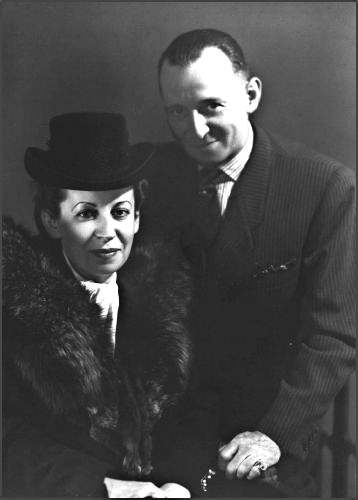How many times have I read exhortations by ‘teachers’ of photography that the aspiring photographer should take more pictures, use more film, carry more digital storage?
I always flash back to my mother telling how she once met George Bernard Shaw (1856-1950). In 1938 she had been passing a few idle weeks at the Dorchester opposite London’s magnificent Hyde Park (the park remains magnificent but, alas, the hotel is now owned by Arabs whose kin are the only ones affluent enough to stay there) and on one occasion had the good fortune to meet the humorist and playwright. She described him as tall, gaunt and very distinguished looking. In addition to being a great writer he was also an enthusiastic photographer. Their meeting always reminds me of his light hearted remark to the early British photographer Alvin Langdon Coburn that “Technically good negatives are more often the result of the survival of the fittest than of special creation: the photographer is like the cod, which lays a million eggs in order that one may reach maturity.†That was in 1906. The year my father was born.
Since that time, the typical number of pictures available to a photographer has grown from one (plate cameras), to twelve (the Rolleiflex), to thirty-six (the Leica) to, who knows, several hundred or thousand with a high capacity digital card. So in a hundred years, the camera’s capacity has grown by three orders of magnitude. Sadly, the quality of the average picture has not.
Why is this? Take a look at your old family albums. They probably contain pictures taken 50, 70 or maybe even one hundred years ago. Note that the earlier the picture the better the composition and execution. Chances are those were taken in a studio setting. Your great great grandparents had donned their finest clothing and the whole sense of occasion, of having your picture taken, of making an effort to get it right, enhanced the results immeasurably.

My parents in 1937. Studio photograph.
The view was the same from the other side of the lens. The professional taking the picture knew he only had one chance. He studied his technique, made it a constant (not mindlessly changing between this lens and that, film A, B or C, developer X or Y) and delivered every time. He put considered effort into every picture.
I believe we would all do far better, wasting less time and materials in the process, were we to follow suit. Less equipment and less film correlate inversely with the quality of the results.
So I challenge you. Get to an area you know and have photographed a few times, armed solely with one roll of film or one low capacity digital card. That might mean as many as 50 pictures for those used to a thousand or twelve or fewer to those used to carrying sufficient supplies for a couple of hundred. My version of this is a Rolleiflex with a fixed lens and just one roll of film – 120 in my case, meaning twelve pictures, as the camera will not even take 220. Thank goodness.
A more extreme variation, in my case dictated by the fact that so far I have only 2 film holders, is to take your field or view camera armed for just a handful of shots. Heck, the sheer bulk of the thing pretty much dictates this sort of economy. My two film holders allow me a scant four shots.
Now take your pictures. Think hard again when setting up the picture. Think harder before pressing the button. Take some time over each photograph.
Take a look at the results.
See how not only are most of them good, note also that the absolute number of successes far outweighs your machine-gun days?
Take fewer pictures and they will be better pictures.